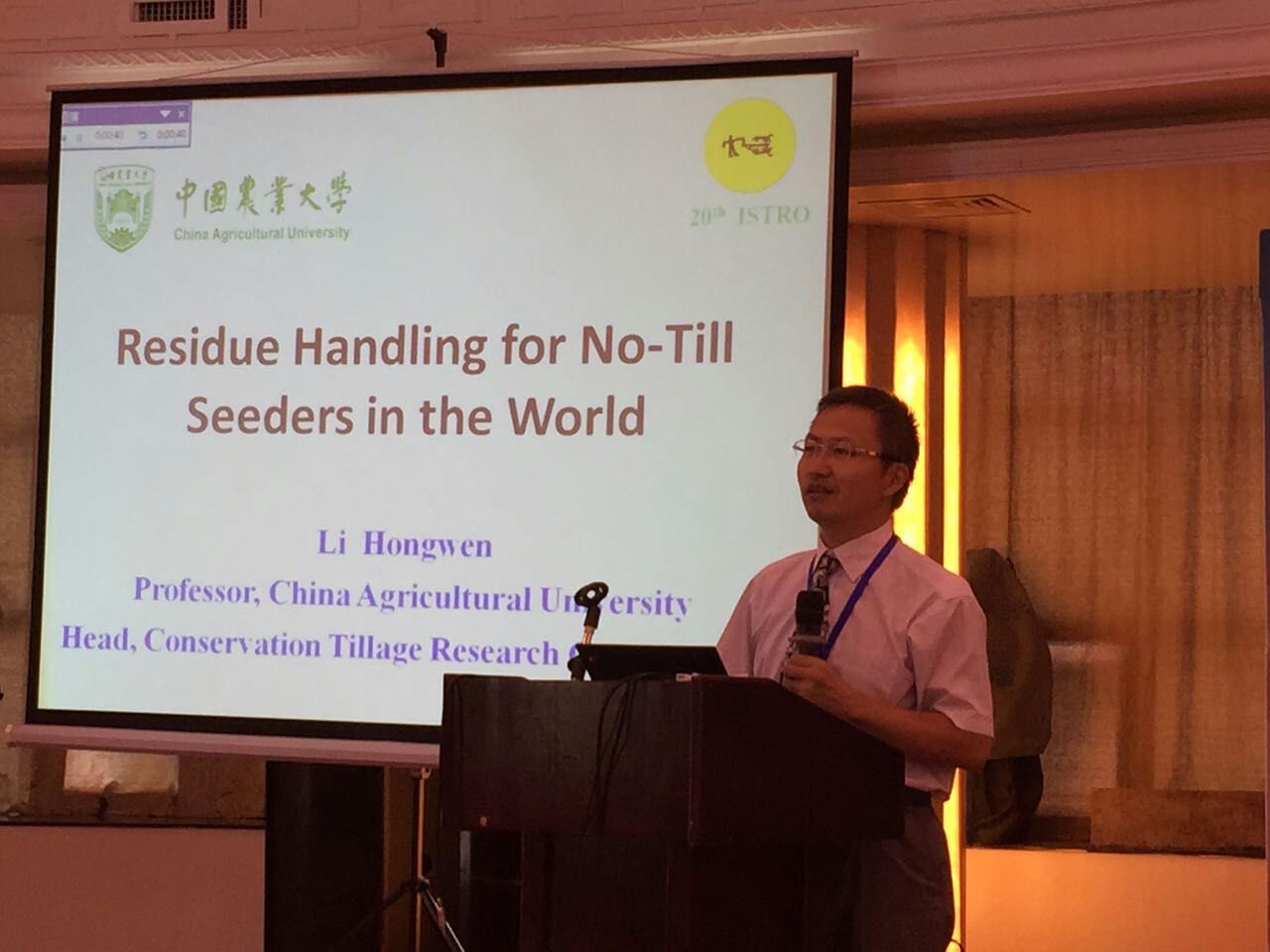The effects of no-tillage with subsoiling on soil properties and maize yield......
October 20,2015Infos:
Soil sodicity and salinization are two major issues concerning agricultural production in Northern China and the affected areas are expanding at a rate of 1–1.5 Mha/year. The effects of two treatments, i.e. notillage with subsoiling and straw cover (NTSC) and conventional tillage with ploughing and straw removal (CTSR), on soil physical and chemical properties and yields were compared from 1999 to 2011. The results showed that NTSC reduced soil bulk density in the 0–30 cm soil layer, but more importantly the treatment increased total porosity by 20.9%, water stable aggregates and pore size class distribution. The enhance soil structure and improved infiltration in NTSC treatments contributed to reducing soil salinity by 20.3%–73.4% when compared with CTSR. Soil organic matter was significantly greater to 30 cm in NTSC, while total soil nitrogen was lower than CTSR treatments; however, available P was significantly higher in the 0–5 cm soil surface. During the first 3 years, there was no difference in spring maize yield between NTSC and CTSR, but yield significantly increased in NTSC compared with CTSR during the remaining years due to reduced salinity stress and increased soil health. In conclusion, NTSC soil management practices appear to be a more sustainable approach to farming than conventional methods that utilize intensive tillage and crop residue removal.
Featured Downloads
- Traffic and tillage effects on wheat production on the Loess Plateau of China: 2. Soil physical properties 2015-10-20
- Thoughts on developing small/medium size...... 2015-10-20
- Effects of 10 years of conservation tillage on soil properties and productivity in the farming–pastoral ecotone of Inner Mongolia, China 2015-10-20
- Design and Experiment of ф-type-knots Knotters on Chinese Small Square Balers 2015-10-20
- Conservation Agriculture in the 21st Century 2014-06-23
- Effects of 15 years of conservation tillage on soil structure and productivity of wheat cultivation in northern China 2015-10-20
